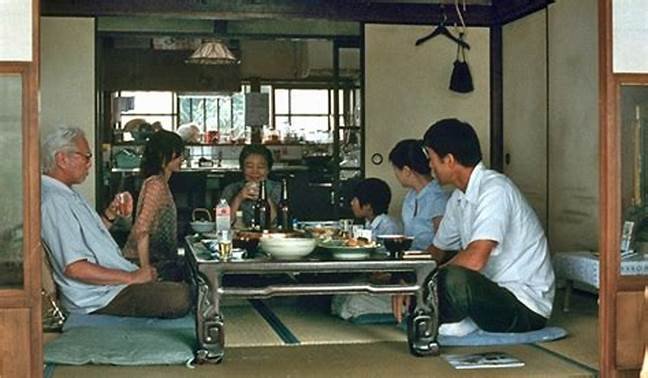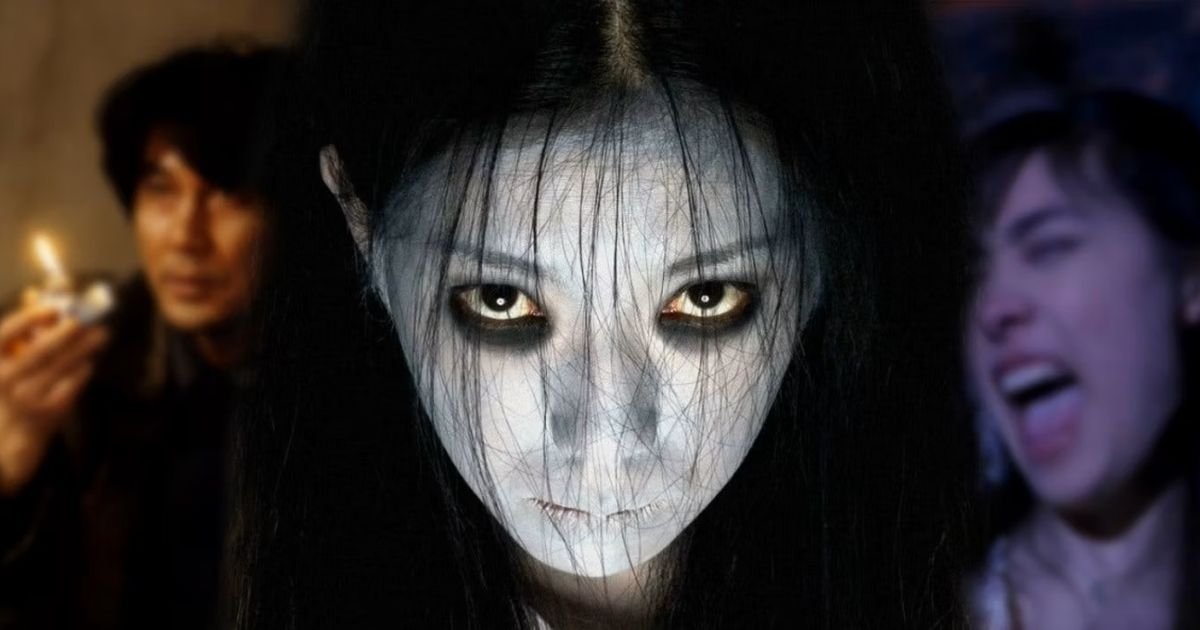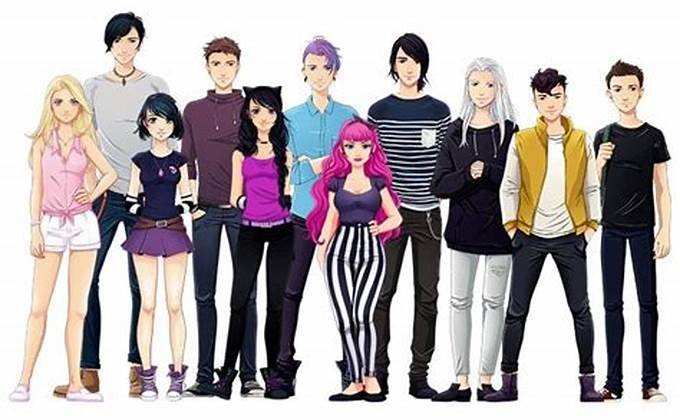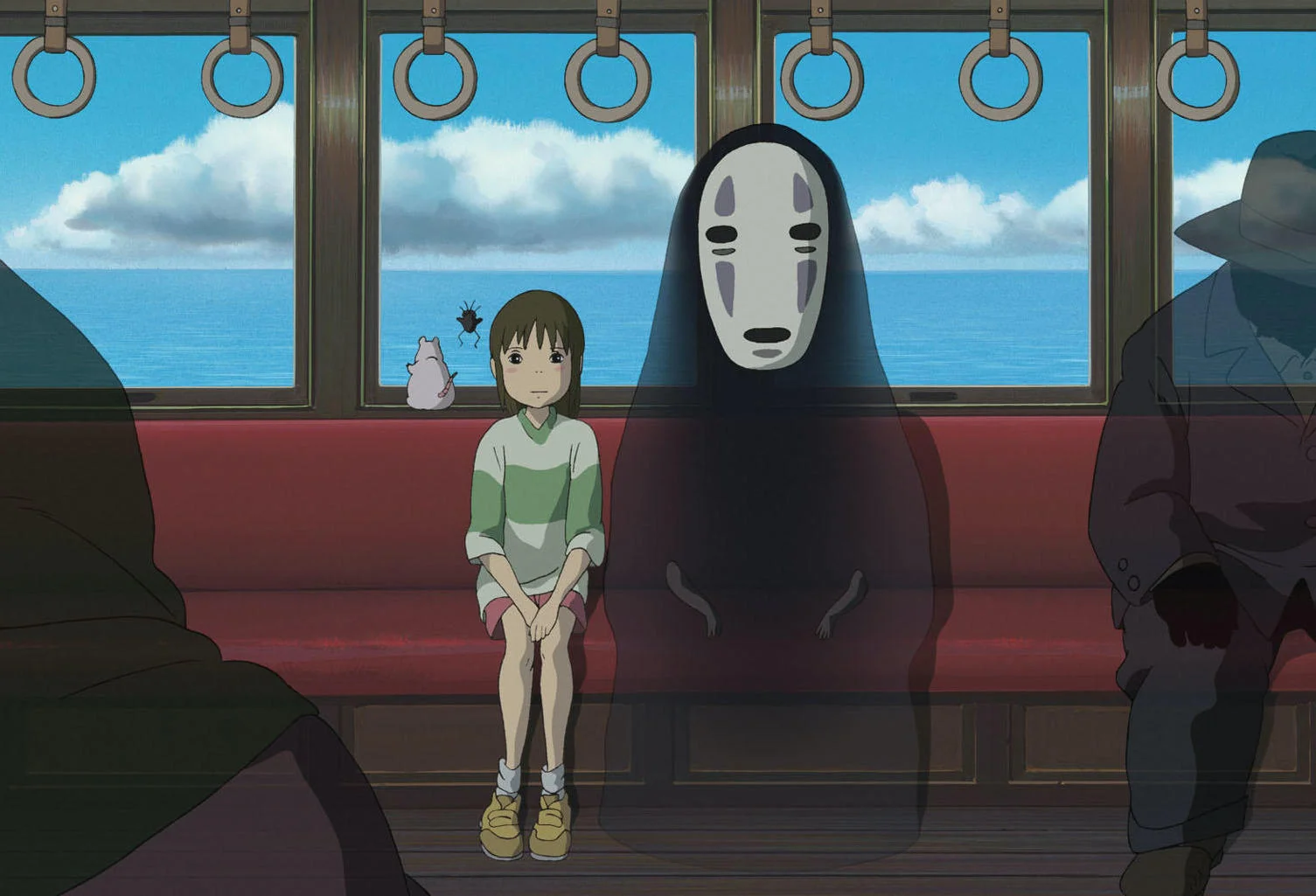Japanese films offer rich portrayals of family, society, and tradition. These themes reflect the cultural values and social norms of Japan. Through cinema, audiences gain insight into Japanese life and heritage. Let’s explore how these themes appear in Japanese films.
1. Family Dynamics
Family is a central theme in many Japanese films. Movies like Yasujiro Ozu’s “Tokyo Story” highlight generational conflicts and family relationships. The film portrays the struggles of an elderly couple who visit their children in Tokyo. It shows how family bonds change with time. Additionally, Hirokazu Kore-eda’s “Like Father, Like Son” examines the complexities of fatherhood and parent-child relationships. This film focuses on the emotional impact of discovering that two families have swapped children at birth.
2. Societal Expectations
Japanese cinema often addresses societal expectations and pressures. Films such as Akira Kurosawa’s “Ikiru” explore the struggle of individuals facing societal norms. The movie tells the story of a man diagnosed with terminal cancer who questions the meaning of his life. His journey reflects the societal pressures to conform and find purpose. Another example is “The Ballad of Narayama” by Shohei Imamura. It depicts the harsh social customs of a rural community and the choices people must make to fit in.
3. Tradition vs. Modernity
The clash between tradition and modernity is a recurring theme in Japanese films. “Ringu,” directed by Hideo Nakata, incorporates traditional horror elements with a modern twist. The film’s supernatural elements draw from old Japanese folklore, while its setting is contemporary. Similarly, in “Departures,” directed by Yojiro Takita, traditional Japanese funeral practices meet modern life. The film explores how traditional values are maintained in a rapidly changing society.
4. Role of Women
Japanese films often address the evolving role of women in society. In “The Makioka Sisters,” directed by Kon Ichikawa, the film depicts the lives of four sisters in post-war Japan. It highlights the social constraints placed on women and their quest for personal freedom. On the other hand, “Wild Strawberries” by Akira Kurosawa explores the transformation of female roles over time and the impact of societal changes on women’s lives.
5. Community and Isolation
Community and isolation are also significant themes. In “Nobody Knows,” directed by Hirokazu Kore-eda, a group of children is abandoned by their mother and left to fend for themselves. The film portrays their isolation and struggle to build a sense of community. Similarly, “The Taste of Tea,” directed by Katsuhito Ishii, explores the sense of community in a rural town. It highlights the importance of family and local bonds in creating a supportive environment.
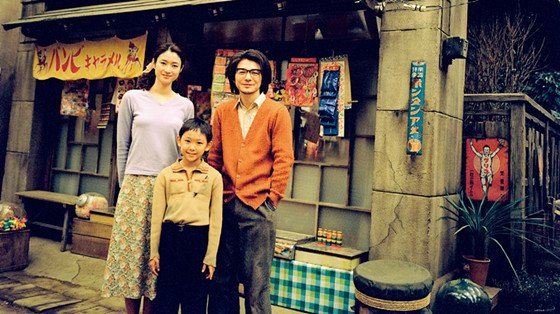
6. Cultural Rituals
Japanese films frequently showcase cultural rituals and ceremonies. For instance, “The Harp of Burma,” directed by Kon Ichikawa, reflects on the impact of war on traditional rituals. The film presents the struggle of a young soldier who returns to Japan and grapples with his wartime experiences. Additionally, “The Samurai” by Hiroshi Inagaki highlights the role of samurai culture and its influence on modern Japanese values.
Conclusion
Japanese films offer profound insights into family, society, and tradition. They reflect the cultural values and social norms of Japan. Through cinema, viewers gain a deeper understanding of how traditional values coexist with modern challenges. By exploring these themes, Japanese films continue to offer rich narratives that resonate with audiences around the world.







